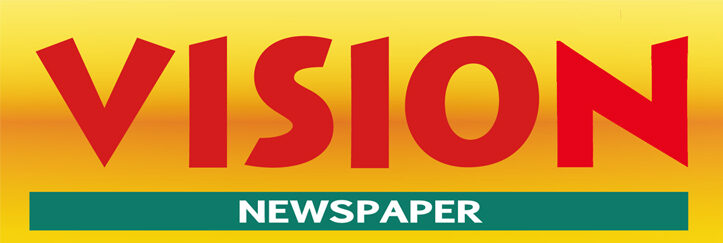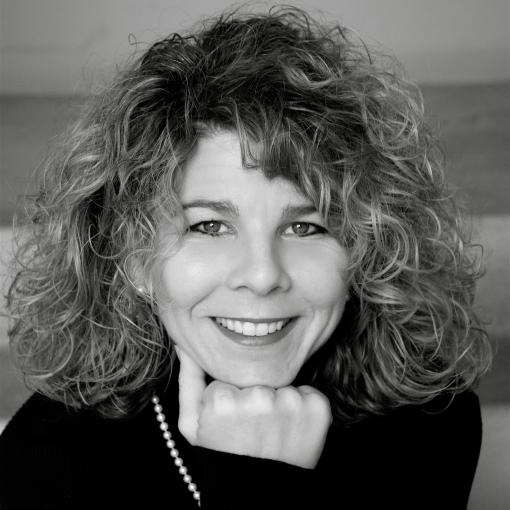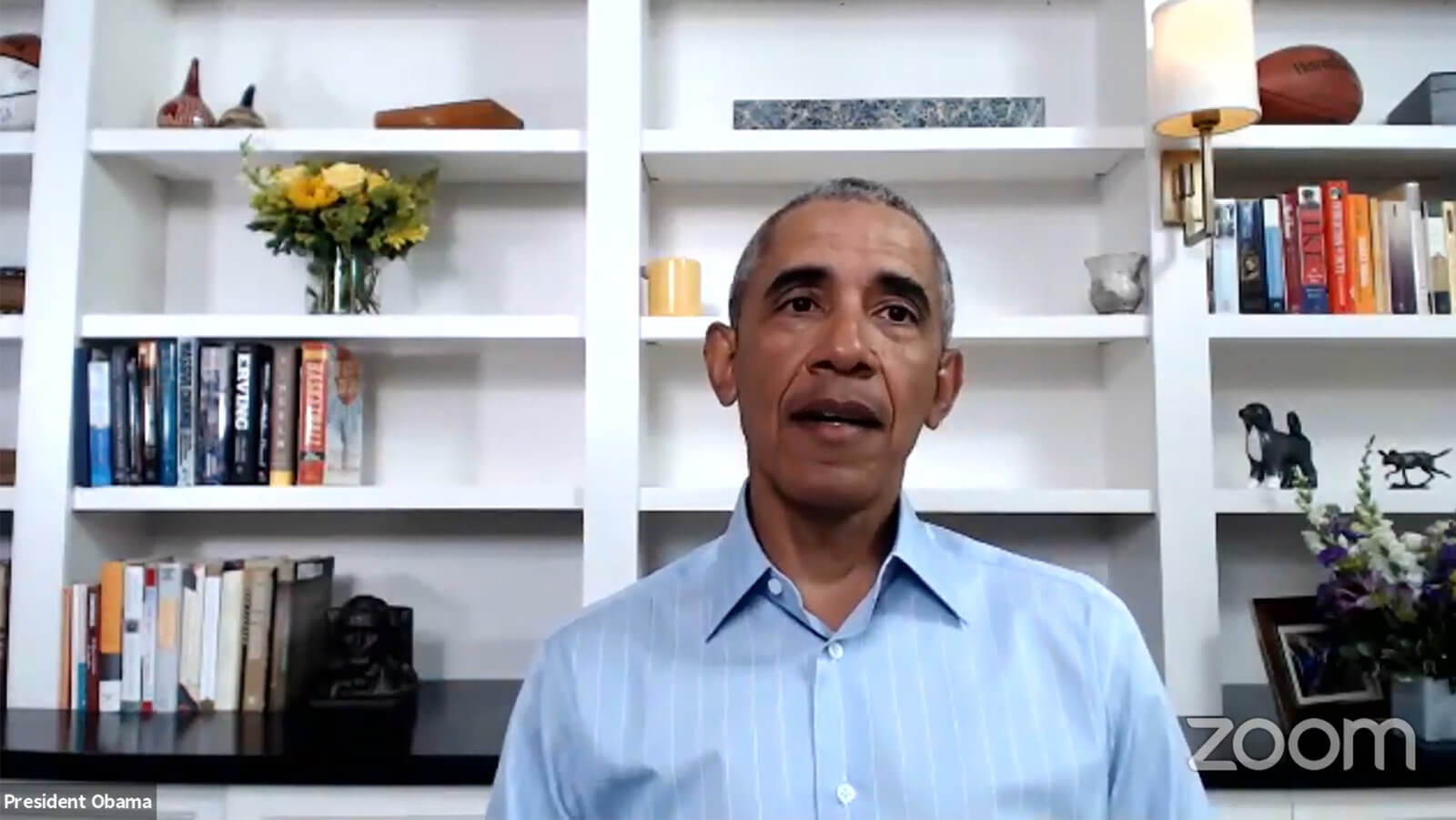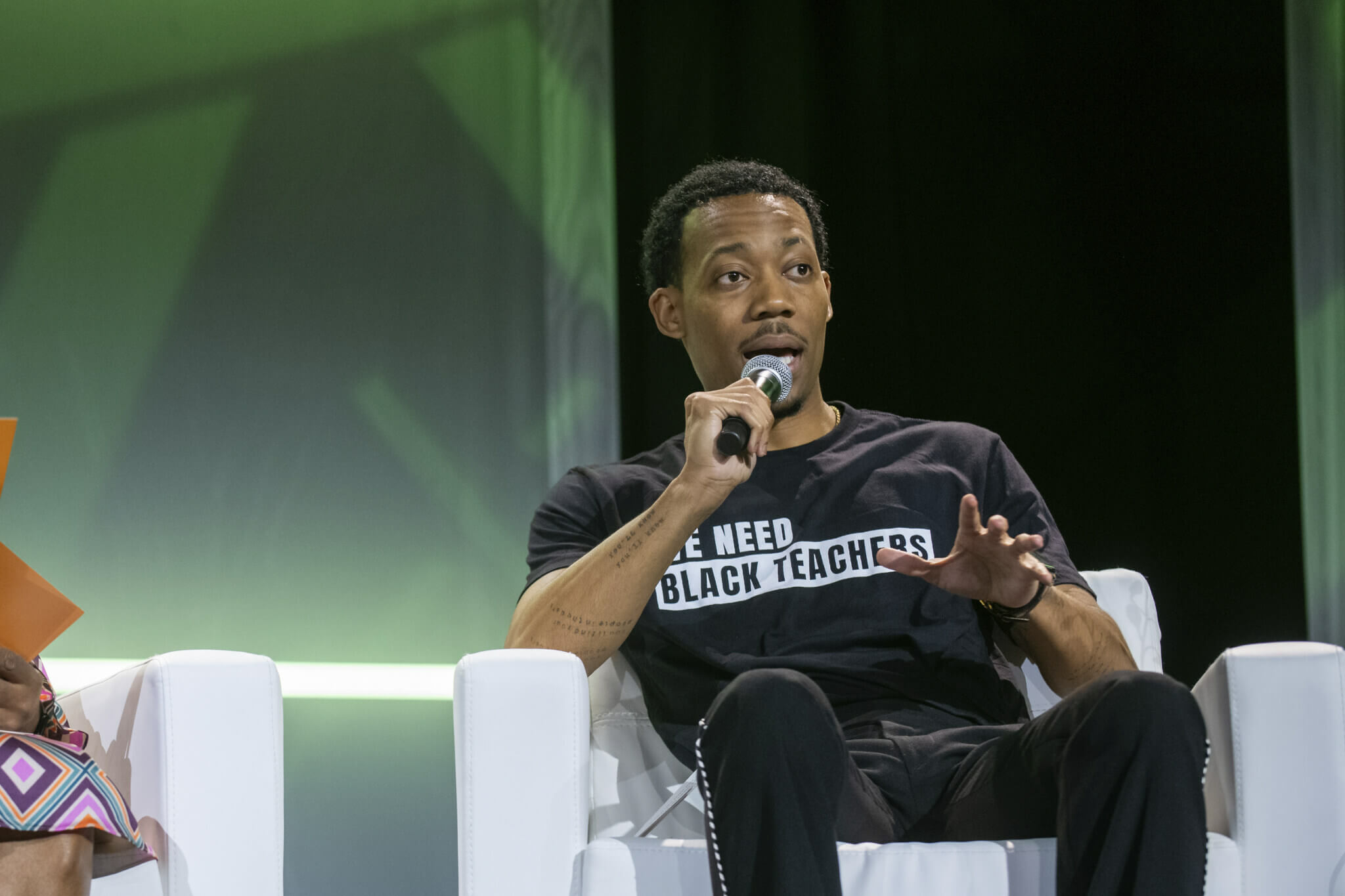Hollywood sticks to the script: Films aren’t more inclusive, despite a decade of advocacy
LOS ANGELES, July 31, 2017 /PRNewswire-USNewswire/ — According to Professor Stacy L. Smith, author of a new study on inclusion in 900 top movies of the last decade, “Privilege still speaks, as white, straight, able-bodied men remain the norm on screen in film.”
The report “Inequality in 900 Popular Films,” released today, from Smith and the Media, Diversity & Social Change (MDSC) Initiative at USC Annenberg, reveals how little top movies have changed when it comes to the on-screen prevalence and portrayal of females, underrepresented racial/ethnic groups, the LGBT community and individuals with disabilities. The study is the largest and most comprehensive intersectional analysis of characters in motion picture content to date. The investigation examined the 900 top films from 2007 to 2016 (excluding 2011), analyzing 39,788 characters for gender, race/ethnicity, LGBT status and disability. The analysis included the 100 top movies of 2016. The results reveal that there has been little to no meaningful change in the representation of these diverse groups in popular movie content since 2015.
The top-line statistics show just how much progress has stalled in Hollywood. Across all 9 years examined, less than one-third of speaking characters on screen were girls/women, including just 31.4% of characters in the 100 top movies of 2016. Characters from underrepresented racial/ethnic groups were 29.2% of all characters in the top-grossing films of 2016, which is not different from 2015, but does reflect an increase from 2007. While there has been a decrease in the percentage of White characters from 2007, there has been no meaningful change in the percentage of Black/African American, Hispanic/Latino, Asian/Asian American, or Mixed Race/other characters since that year.
LGBT-identified characters represented a mere 1.1% of all speaking characters, a percentage not different from 2015. The findings do reveal that there was an uptick in the portrayal of gay males from 2015. An LGBT lead or co-lead character appeared in only 3 films of the 300 studied between 2014 and 2016. Characters with disabilities filled only 2.7% of all speaking roles, which is not different from last year, when the researchers began studying this group. However, there was an increase in female speaking characters with disabilities from the prior year.
“These are sustained and systemic problems. It is impossible to look at this data without concluding that much of the advocacy surrounding on-screen representation over the past few years has not been successful,” said Smith, founding director of the MDSC Initiative. “Perhaps we will see more positive trends in the future, given the current level of conversation and success of certain movies this year. However, until solutions focus on changing the exclusionary hiring practices and countering explicit and implicit biases in Hollywood, it is difficult to expect real change anytime soon.”
The report’s “invisibility analysis” reveals that beyond the overall statistics, Hollywood fails to portray speaking characters from diverse groups altogether. Of the 100 top films of 2016, 25 films featured no Black/African-American characters, 44 included no Asian or Asian-American characters, and 54 depicted no Hispanic/Latino characters. Further, 38 films portrayed not a single character with a disability and 76 failed to include one lesbian, gay, bisexual or transgender character. “Doesn’t everyone deserve to have their stories and voices reflected in one of our most popular forms of entertainment?” asked Smith. “These findings reveal that the erasure of different groups is still acceptable to some—we need look no further than film to see a vision of America that no longer exists. Film paints a distressing portrait of exclusion.”
Looking to leading or co leading roles, 34 of the 100 top films in 2016 featured a female at the center. Just three of these leading ladies were from underrepresented racial/ethnic groups—identical to what the report found in 2015. Eight films had a female lead or co-lead 45 years of age or older, and only 1 was from an underrepresented racial/ethnic group. Fourteen movies featured an underrepresented lead or co lead character, the same as 2015.
“The deficits we see on screen are worse behind the camera,” said Smith. Out of the 1,006 directors hired on the 900 films studied, just 4.1% were females. Only 5.6% of the directors were Black or African American and 3% were Asian or Asian American. Three Black or African-American women and two Asian women worked as directors across the 900 movies. “When we look intersectionally at directors, that’s where we see just how exclusionary Hollywood is when it comes to the hiring process,” said Smith. “The image of a female director seems to be that of a White woman.”
The portrayal of characters was also examined, focusing on stereotyping and sexualization. Female characters were far more likely than their male counterparts to be depicted in sexually revealing clothing, with some nudity, and to be referenced as attractive. Teenage female characters (age 13 to 20) were just as likely as young adult (age 21-39) female characters to be sexualized.
The report also offers solutions to what Smith has previously referred to as the “epidemic of invisibility” in film. These strategies are targeted at studios, production companies, film festivals, film schools, top talent, and even consumers who want to advocate for change in innovative and practical ways. Smith’s Initiative not only evaluates media content but works with individuals and companies to implement these strategies.
The study is the latest from the Media, Diversity, & Social Change Initiative, which produces an updated report annually. Read the full report here.
About USC Annenberg Media, Diversity, & Social Change Initiative
The Media Diversity & Social Change Initiative (MDSCI) at USC’s Annenberg School for Communication and Journalism is the leading think tank studying diversity in entertainment through original and sponsored research. MDSCI findings create valuable and sought after research-based solutions that advance equality in entertainment. Dr. Stacy L. Smith is the Founder and Director of the MDSCI, which launched over ten years ago. Dr. Smith and the MDSCI examine gender, race/ethnicity, LGBT status, disability, and age on screen and gender and race/ethnicity behind the camera in cinematic and television content as well as barriers and opportunities facing women and people of color in the entertainment industry. The MDSCI also conducts economic analyses related to diversity and the financial performance of films. In 2015, LA Weekly named Dr. Smith the #1 Most Influential Person in Los Angeles, and she has spoken on research at multiple high-profile engagements ranging from the TED Women stage to the United Nations. Dr. Smith and the MDSCI have been featured in The New York Times, Los Angeles Times, The Atlantic, Newsweek, The Hollywood Reporter, Variety, and NPR,among others. The MDSCI’s most recent research reports include the Comprehensive Annenberg Report on Diversity (CARD), multiple landmark studies with Sundance Institute and Women in Film Los Angeles and two studies on inclusion on screen and behind the camera across 800 top-grossing films conducted at USC Annenberg. The MDSCI is generously supported by The Annenberg Foundation, The Harnisch Foundation, Sony Pictures Entertainment, EPiX, Humana, LUNAFEST, The Jacquelyn and Gregory Zehner Foundation, and other individuals. To learn more, visit http://annenberg.usc.edu/mdsci or follow on Twitter @MDSCInitiative and on Facebook.
About the USC Annenberg School for Communication and Journalism
Located in Los Angeles at the University of Southern California, the Annenberg School for Communication and Journalism is a national leader in education and scholarship in the fields of communication, journalism, public diplomacy and public relations. With an enrollment of more than 2,200 students, USC Annenberg offers doctoral, graduate and undergraduate degree programs, as well as continuing development programs for working professionals, across a broad scope of academic inquiry. The school’s comprehensive curriculum emphasizes the core skills of leadership, innovation, service and entrepreneurship and draws upon the resources of a networked university in a global urban environment.
Key Findings
Gender. A total of 4,583 speaking characters were assessed for gender across the 100 top fictional films of 2016. A full 68.6% were male and 31.4% were female, which means viewers will see 2.18 males for every 1 female character on screen. The prevalence of female speaking characters has not changed meaningfully across the 9 years evaluated. The difference between 2007 and 2016 is only 1.5%!
Across the 100 top movies of 2016, 34 depicted a female lead/co lead which is not meaningfully different from the percentage in 2015 (32%). Only three movies featured underrepresented female actors as leads or co leads, which is identical to 2015.
Eight of the female leads/co leads were women 45 years of age or older at the time of theatrical release, with only one of these from an underrepresented racial/ethnic group. By way of comparison, 29 movies depicted male leads/co leads in this age bracket. Seven of the male actors 45 years of age or older were diverse. A total of 39 different characters comprised ensemble leads, with 64.1% played by male actors and 35.9% played by female actors.
The percentage of on screen males and females in early childhood and teenage years is roughly equivalent. The gender bias on screen is really driven by the lower percentage of females 21-39 years of age (F=33.4% vs. M=66.6%) and 40 years of age and older (F=25.6% vs. M=74.4%). The percentage of women 40 years of age and older has not meaningfully changed from 2007 (22.1%) to 2016 (25.6%).
Females were much more likely than males to be shown in sexually revealing attire (F=25.9% vs. M=5.7%) and partially or fully naked (F=25.6% vs. M=9.2%). This gender difference extends to attractiveness as well (F=10.7% vs. M=3.2%). Teenage females (13-20 yr olds) were just as likely to be depicted in sexually revealing clothing and with some nudity as young adult females (21-39 yr olds). One positive result is that the percentage of teens shown in sexually revealing clothing and with some nudity is meaningfully lower in 2016 than 2015.
A total of 1,438 content creators worked across the 100 top films of 2016. Only 17.8% of these jobs were filled by women, 82.2% were filled by men. Focusing on directors, 120 helmers were attached to the sample of films with 4.2% (n=5) female and 95.8% (n=115) male. This is a gender ratio of 23 male directors to every 1 female director. A higher percentage of females worked as writers (13.2%) and producers (20.7%) in 2016.
A mere 4.1% of all directors across the 9 year time frame were females. Examining the female directors since 2007, only 34 women worked one or more times. As a matter of fact, 30 women (88.2%) only had one opportunity to direct across the time frame.
Out of 121 composers in 2016, only 2 (1.7%) were women! Just 14 female composers have worked across the sample of 900 movies, which translates into a gender ratio of 70.3 male composers to every 1 female. Only 9 unique female composers worked one or more times since 2007.
Race/Ethnicity. Of those characters whose race/ethnicity could be ascertained, 70.8% were White, 13.6% Black, 5.7% Asian, 3.1% Hispanic/Latino, 3.4% Middle Eastern, <1% American Indian/Alaskan Native, <1% Native Hawaiian, and 2.7% Mixed Race or Other. In total, 29.2% of all characters were from underrepresented racial/ethnic groups, which is well below U.S. Census (38.7%) as well as the movie going audience in this country (49%).
Films approximating U.S. Census percentages of different racial/ethnic groups are infrequent. In 2016, only 1 movie featured proportional representation of Latinos on screen. A higher percentage of films are representative of Black (19 movies) and Asian (21 movies) characters. It must also be noted that the number of films portraying proportional representation of Black characters has increased (+9%) from 2015 to 2016.
In terms of invisibility, a total of 25 of the 100 top films of 2016 did not feature a single African-American or Black speaking character on screen. This is an increase of 8 movies from 2015. A total of 54 films were completely missing Latino speaking characters, which is 14 higher than in 2015. Perhaps the only positive finding is that the number of films without any Asian or Asian-American speaking characters decreased from 49 in 2015 to 44 in 2016.
Crossing gender with race/ethnicity reveals that the epidemic of invisibility is alive and well for women of color. Nearly half of all 100 top films of 2016 evaluated were completely missing Black female speaking characters (47 of 100) and two-thirds or more were missing Asian females (66 of 100) and Latinas (72 of 100). In stark contrast, only 11 of the 100 top movies of 2016 were missing White girls/women on screen.
The percentage of underrepresented characters on screen in animation in 2016 (48.5%) has increased substantially from 2010 (+47%) and 2007 (+40.4%). This is also an increase of 35.3% from 2015, when only 13.2% of characters on screen were from underrepresented racial/ethnic groups. Two of the films accounted for 72.9% of all underrepresented characters on screen. Given this additional finding, the increase of underrepresented characters in animation should be interpreted very cautiously. The percentage of underrepresented characters in comedy increased 8.3% from 2010 and 9% from 2007.
Out of the 100 top films of 2016, a total of 14 movies had leads or co leads played by 16 actors from underrepresented racial/ethnic groups. This represents no change from last year. Eleven of the movies depicted underrepresented males and three underrepresented females. The majority of leads (n=10) were played by Black actors and three actors were Mixed Race. Just two Asian male actors had leading or co leading roles across the sample and only one Native Hawaiian/Pacific Islander female actor was cast as an animated lead.
The 100 top-grossing films of 2016 featured a total of 120 helmers, of whom 5.8% or 7 were Black or African American. Across the 900 movie sample, only 5.6% (n=56) of all directors were Black. Perhaps most disturbingly, only 3 Black women (<1%) have helmed a top-grossing motion picture across the sample. Consequently, no change has occurred in hiring practices of Black male or Black female directors behind the camera from 2007 to 2016.
A substantially higher percentage of Black characters was found on screen in movies with a Black director (52.4% of speaking characters were Black) than when a non Black director was attached (10.6% of speaking characters were Black).
In 2016, a total of 5 Asian directors (4.2%) worked on the 100 most popular domestic movies. Four of these directors were male and one was female. Across 900 movies, only 3% (n=30) of directors were Asian. Almost all of these directors were male except two.
LGBT Characters. Of the 4,544 characters that could be evaluated for apparent sexuality across the 100 top films of 2016, only 51 or 1.1% were Lesbian, Gay, or Bisexual (LGB). The majority of these characters were gay males (n=36 or 70.6%), 9 were lesbian (17.6%), and 6 were bisexual (11.8%). Not one character across the 100 top movies of 2016 was coded as transgender!
In comparison to 2014 and 2015 (<1%), there has been no change in the percentage of LGBT characters over time. However, disaggregating the findings reveals one bright spot. There has been an increase in the number of gay males on screen from 2015. No meaningful differences emerged for lesbian or bisexual characters since last year. Transgender characters are almost completely invisible, with only 1 fleeting depiction across 300 popular movies from 2014-2016.
Only 1 film out of the top 100 portrayed a gay protagonist, which was a Black male. In 2014, only two other leads or co leads were coded as LGBT (1 gay White male, 1 bisexual White male). In 2016, 45.1% of LGB characters were depicted in supporting roles and 49% were shown as inconsequential to the plot.
Over three-quarters of the movies (n=76) did not portray one LGB character that spoke or was referred to by name on screen. This is lower than the number found in 2015 (82 movies) and substantially lower than 2014 (86). The findings become far more problematic when we focus on females from the LGBT community. A full 91 of the 100 top films failed to depict one female lesbian or bisexual character, which is lower than 2014 (96 movies) but no different than 2015 (93 movies).
Of the LGBT characters, 76.5% were male and 23.5% were female. Of those characters with enough cues for race/ethnicity to be ascertained, the majority of LGB were White (79.1%) and 20.9% were underrepresented. Finally, almost all of the LGB characters were 21-39 years of age (58.8%) or 40 years of age or older (35.3%).
Only 25% or 6 of the LGB characters with enough cues to evaluate this measure were shown as parents in the 2016 sample. Three parents were male and 3 were female, only 2 were underrepresented. Turning to relational standing, roughly half (51.4%) of the characters assessed for this measure were shown in a romantic relationship. Only 4 were depicted as married.
Disability. Across the 100 top-grossing movies of 2016, just 2.7% of characters (n=124) were depicted with a disability. This approximates our findings from 2015 (2.4%, or 105 portrayals).
Examining visibility, a total of 38 films across the top 100 did not include a single character with a disability. This is a decrease from 2015 (45 films). Seventy movies failed to depict at least one female character with a disability, compared to 84 movies in 2015. Only one movie in 2016 depicted characters with disabilities in proportion to the 18.7% of the U.S. population considered to have a disability.
A total of 15 films featured a lead or co lead character portrayed with a disability. Male leads/co leads with disabilities appeared more often than female leads/co leads. Not one lead or co lead character with a disability was from an underrepresented racial/ethnic group or the LGBT community.
In terms of domains, 64.5% of characters were coded with a physical disability (i.e., nerve damage, missing limbs, leprosy, cancer), 31.5% with a mental disability (i.e., Post-Traumatic Stress Disorder (PTSD), memory loss, and anxiety), and 21.8% with a communicative disability (i.e., blind, deaf, speech impediments). As characters could be coded into more than one of the domains, these totals do not add to 100%.
Less than a third (32.3%) of characters with disabilities were female, while 67.7% were male. This represents an increase from 2015 in the percentage of female characters (19%) with disabilities. Three-quarters (74.5%) of characters with disabilities were White, while 25.5% were from underrepresented racial/ethnic groups. Only one LGBT character was depicted with a disability across the sample. Half (50.4%) of the characters shown with a disability were 40 years of age or older, which is fewer than the percentage in 2015 (59%). Of characters with a disability in 2016, 8.9% were children age 12 or under.
Solutions. In order to truly move the needle, strategic solutions must be adopted. We propose multiple ideas for companies, content creators, industry executives, and consumers.
Companies must set target inclusion goals and measure their progress toward attaining them. By setting transparent goals, companies also demonstrate that there is a value for stories, casting, and storytellers that reflect the audience. As a part of their goal-setting, companies can create inclusive consideration lists when hiring directors or other behind-the-scenes roles. Film schools and film festivals can also set benchmarks for inclusion that help bolster the pipeline for diverse talent. These institutions can set inclusion objectives related to the programmers, faculty, or board members.
Efforts must be made in spaces where learning, pitching, and work occurs to ensure environments do not trigger stereotypes. Addressing inequality also means combatting explicit and implicit biases. Two solutions address these biases in casting small parts and background roles. One way to address the lack of diversity is for content creators to just add five female speaking characters to every film. This would increase yearly the percentage of female characters on screen. This new percentage, when built upon each year, will lead to equality on screen in a mere three years.
Another solution is for high-profile talent to add an equity clause to their contract. Devised by Dr. Stacy L. Smith and developed with civil rights attorney Kalpana Kotagal, the clause specifies a more equitable process for auditioning and casting on-screen talent and interviewing and hiring for behind-the-camera jobs.
Lastly, consumers can support content that is driven by or features females, underrepresented groups, LGBT individuals, and people with disabilities. Further, shareholders can influence companies to do more to create inclusive content by demanding transparency, accountability, and ultimately, diversity in the products these corporations create and sell.
CONTACT: Gretchen Parker McCartney
Annenberg School for Communication and Journalism
University of Southern California
gretchen.parker@asc.usc.edu | 213.740.6302 | 410.215.1931
SOURCE USC Annenberg School for Communication and Journalism





